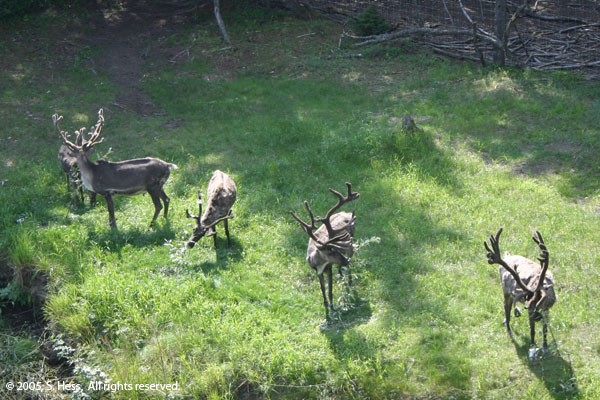In the afternoon, we boarded the stern wheeler Discovery III for a cruise on the Chena and Tanana Rivers. The Chena River flows through downtown Fairbanks and is a tributary of the Tanana. The Tanana River is one of the major tributaries of the Yukon River. The cruise took us down the Chena to its meeting with the Tanana and then a few miles down the Tanana before turning around. The Chena riverfront properties are among the most best in Fairbanks and we saw some great homes. During the cruise the boat pulled up along the banks at Susan Butcher (first women to win the Iditarod race) and husband, Dave Monson's sled dog training facility, a fish camp and an Athabascan village recreation.
The Parade
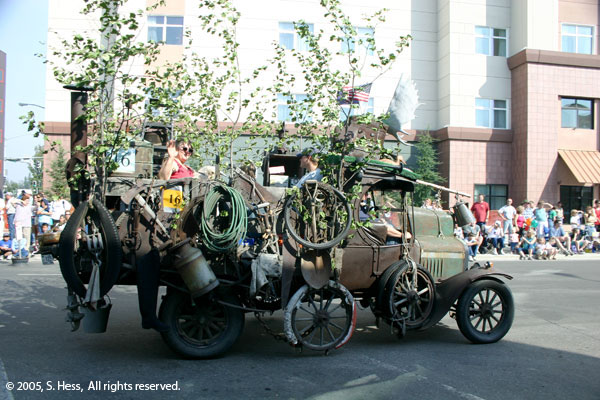
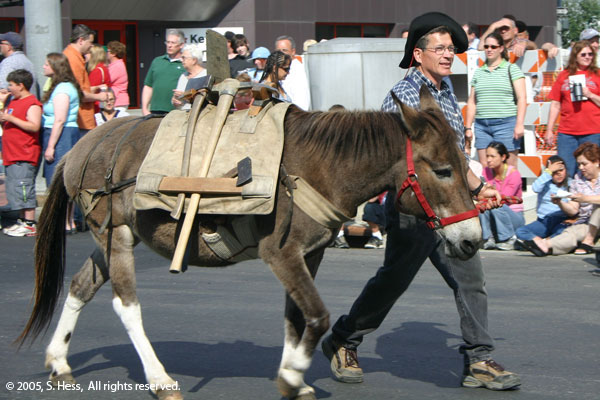
We called this the first Alaskan motor home. This vehicle, a 1928 Model T Ford has participated in every parade since the first in 1952. The driver is 85.
Miner with his transportation
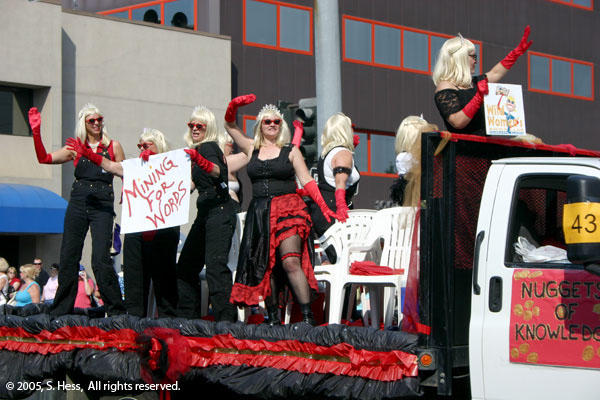
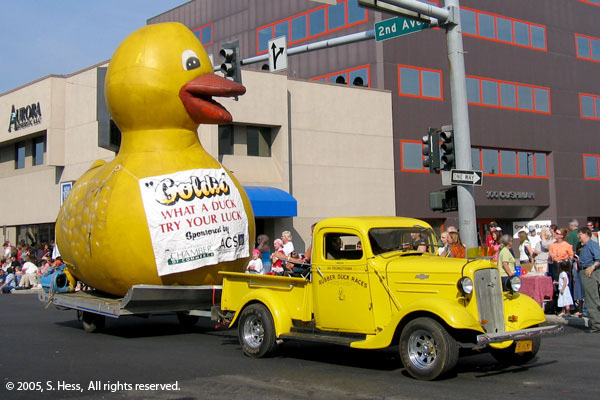
Fairbanks teachers, one of them is a man
Susie's favorite float. Everything in Alaska is large... imagine the bathtub this duck normally floats in.

Elvis is alive and living in Fairbanks... by the way, he is an Indian
Stern Wheeler Discovery III Cruise
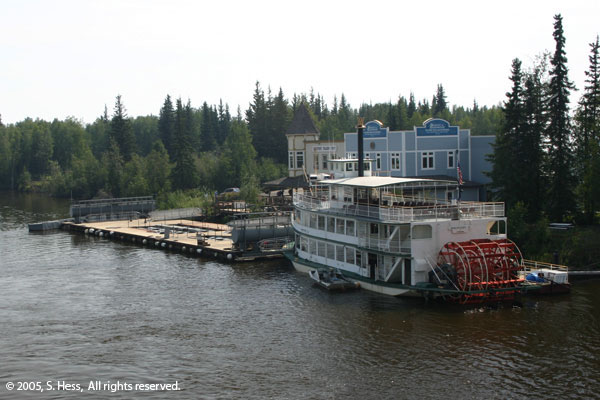
Discovery dock and smaller sister ship. The dock is made out of leftover Alaska Pipeline pipe sections and also serves as a dry dock for maintenance of the three stern wheelers.
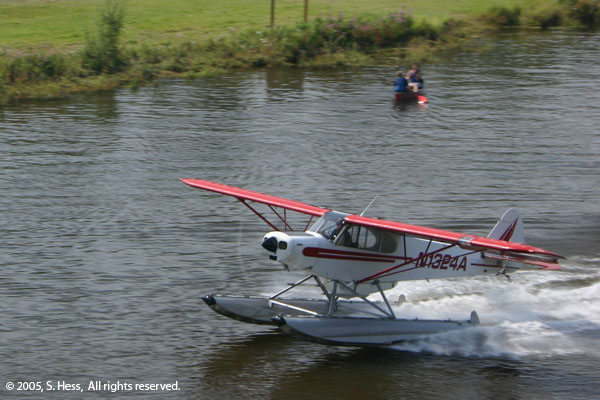
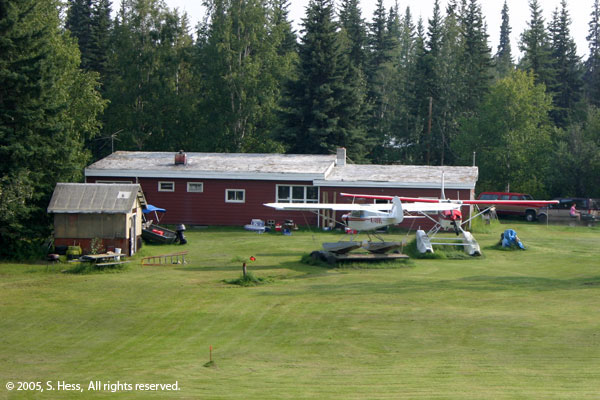
A two airplane family on the Chena River
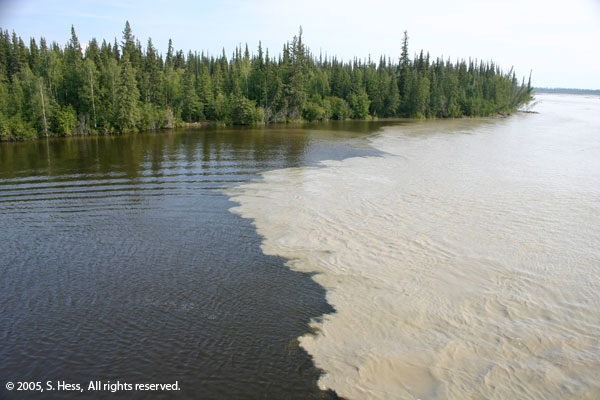
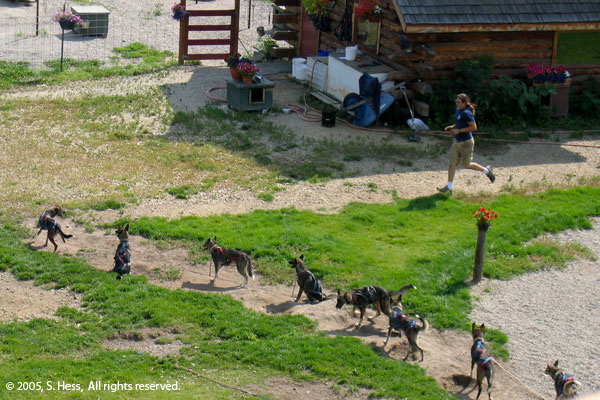
Dogs being readied for a training run around the lake. They are connected to a wheeled sled when there is no snow. Click on picture for video.
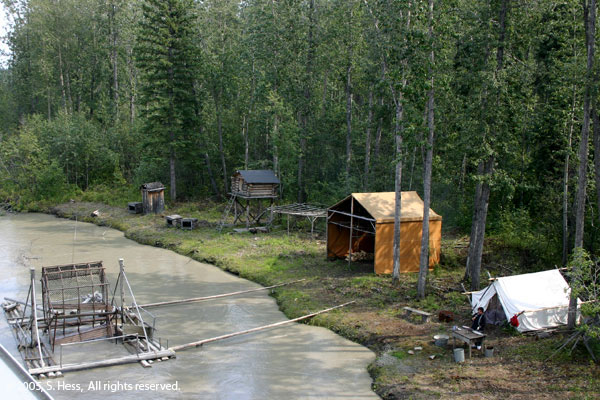
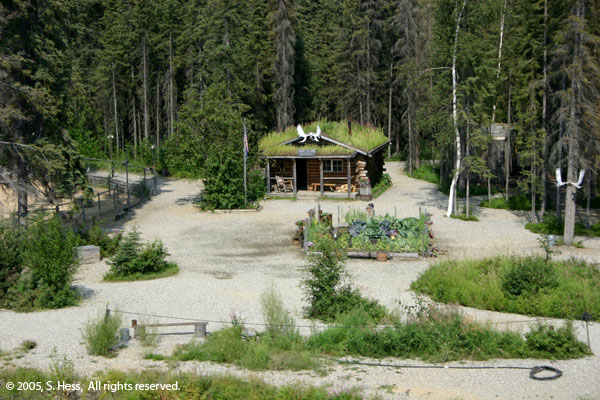
Athabascan village recreation as seen from the Discovery
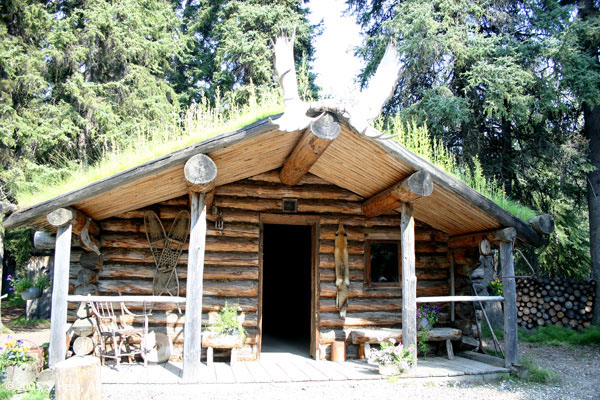
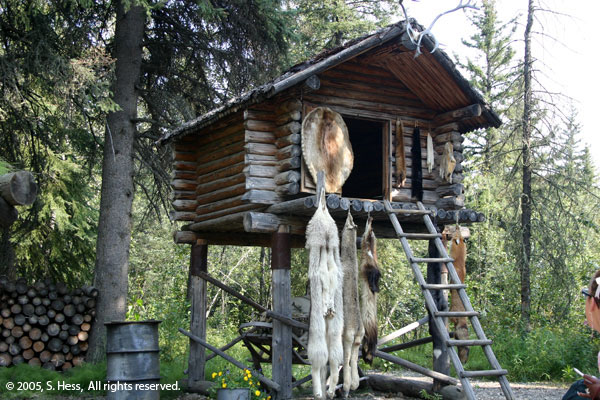
A typical log cabin made from spruce logs.
The roof is covered in spruce boards and sod.
The roof is covered in spruce boards and sod.
A cache with some of the furs trapped by the native people. The furs displayed are wolf, lynx, wolverine, silver and red fox, beaver, muskrat, ermine and mink.
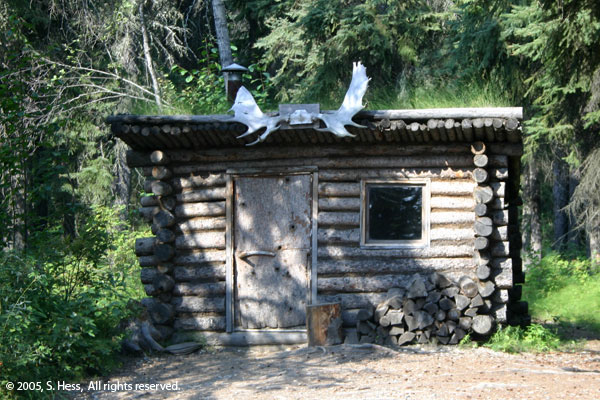
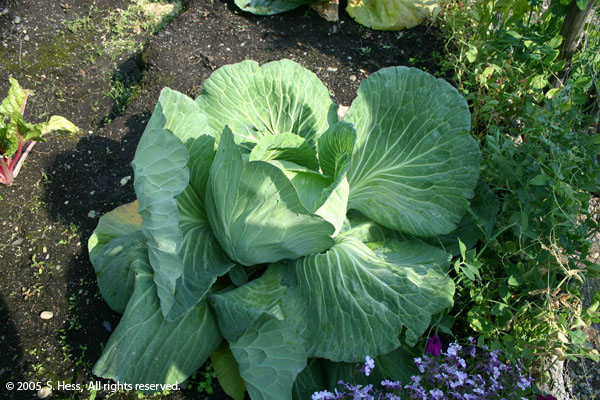
Cabbage growing in the Athabascan village. The head of this one measures about 12 inches across and still has more than a month of growing left. They grow some very large vegetables in Alaska.
